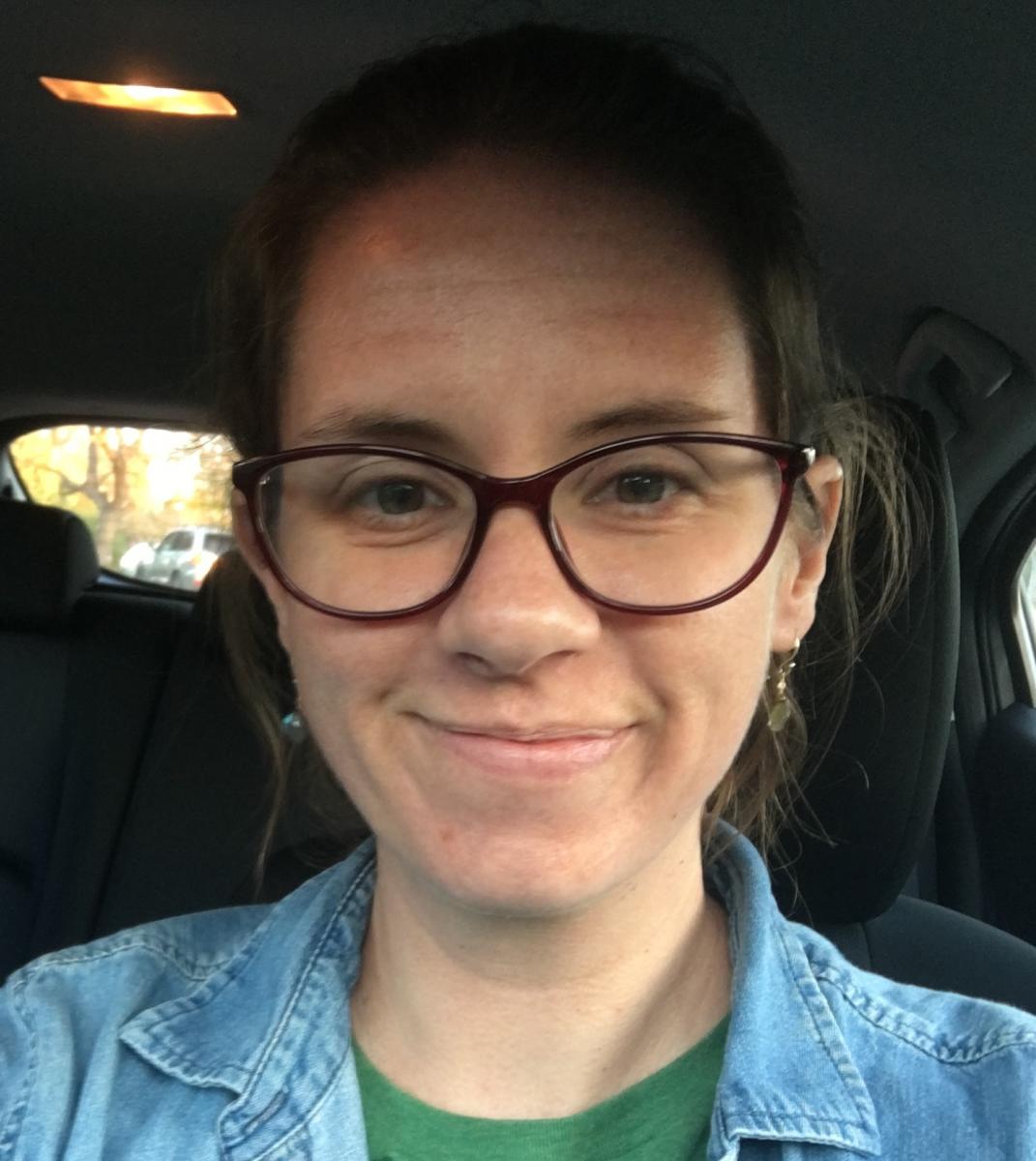 Join us to learn about exoplanet science from Johanna Teske, a former Carnegie postdoc who joined our Earth and Planets Laboratory as a Staff Scientist last September. This is the first virtual program in our winter series of online conversations with several of our exciting investigators.
Join us to learn about exoplanet science from Johanna Teske, a former Carnegie postdoc who joined our Earth and Planets Laboratory as a Staff Scientist last September. This is the first virtual program in our winter series of online conversations with several of our exciting investigators.
Teske’s work aims to help scientists better understand the planetary formation process and explain why there is such tremendous planetary diversity in our galaxy. She uses observational data from the telescopes at Carnegie’s Las Campanas Observatory, as well as from space-based telescopes and other facilities, to estimate the interior and atmospheric compositions of extrasolar planets and the chemical environments of their formation via the compositions of their host stars. Her work could also help identify candidates from among the thousands of known exoplanets that could have the right conditions to host life as we understand it.
For the last two years, Teske has been co-leading—with Sharon Wang, another former Carnegie postdoctoral fellow who is now at Tsinghua University—the first statistical survey of small transiting planets that were initially detected by NASA's Transiting Exoplanets Satellite Survey (TESS). The initiative aims to reveal the compositions and unravel the formation histories of exoplanets between the size of Earth and Neptune, so called "super-Earths" and "mini-Neptunes." These worlds seem to be the most common outcome of planet formation, yet no known example exists in our Solar System, which she will explain during her program. She will also highlight Carnegie-led projects that will help astronomers characterize exoplanets using new and exciting techniques.
Teske has been with Carnegie since 2014, first as the inaugural Carnegie Origins Postdoctoral Fellow and then as a NASA Hubble Fellow. Prior to joining Carnegie, Teske earned a Ph.D. in astronomy from the University of Arizona and a bachelor’s degree in physics from American University.
Image credit: NASA/JPL-Caltech/R. Hurt (SSC)
